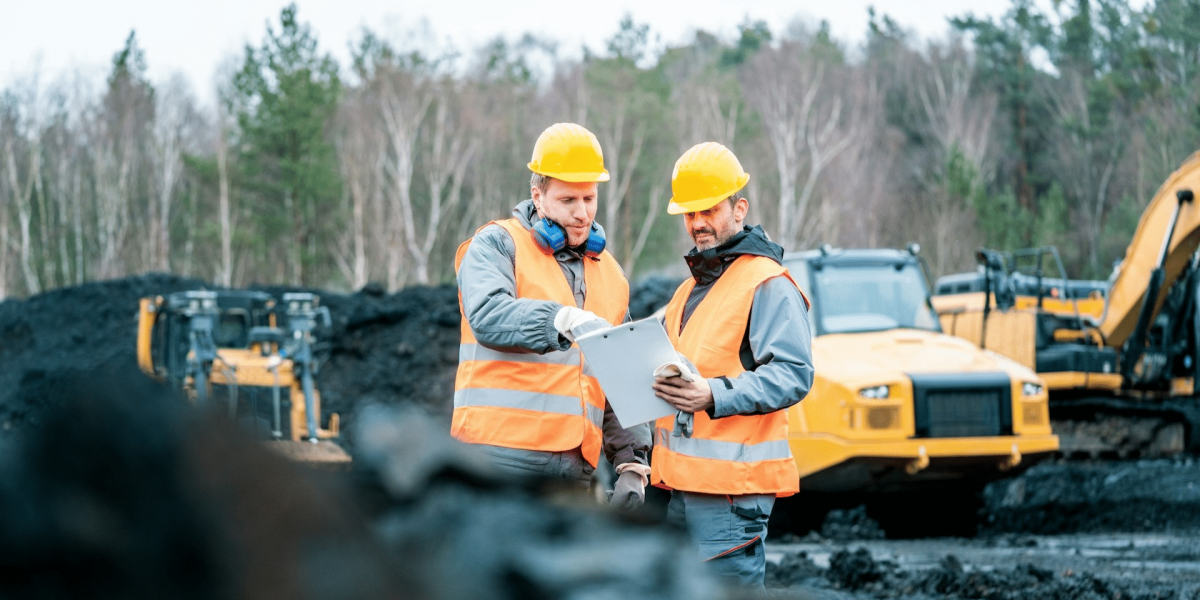The mining industry has been a cornerstone of the economy in the southern regions of the United States for centuries. Despite facing numerous challenges, the industry continues to thrive, providing jobs and contributing to economic growth. This article explores the factors contributing to the longevity of the mining industry in the South, highlighting its economic impact, advancements in technology, and sustainable practices.
Historical Significance of Mining in the South
The mining industry in the South dates back to the early 19th century. States like Alabama, Kentucky, and West Virginia became significant players in coal production, while Georgia and North Carolina were known for gold and other minerals. The abundance of natural resources fueled the growth of local economies and laid the foundation for the industry’s long-term success.
Mining has historically been a vital economic driver in the South. It provided employment for thousands of workers and generated substantial revenue for local and state governments. The infrastructure and communities built around mining towns have endured, underscoring the industry’s deep-rooted presence in the region.
One of the primary benefits of the mining industry is job creation. The sector employs thousands of people in various roles, from extraction and processing to transportation and logistics. These jobs are often located in rural areas where employment opportunities may be limited, providing crucial income for local communities.
Mining contributes significantly to state and local revenues through taxes and royalties. This revenue supports public services, infrastructure development, and educational programs. The financial stability provided by the mining industry is essential for the economic health of many southern states.
Technological Advancements
Technological advancements have revolutionized the mining industry, making operations more efficient and reducing costs. Automation and advanced machinery have increased productivity while minimizing the need for manual labor. This shift has improved safety standards and reduced the environmental impact of mining activities.
The use of data and analytics has transformed the way mining companies operate. Advanced software and real-time monitoring systems allow for better resource management and predictive maintenance. These technologies help optimize production processes, increase efficiency, and reduce downtime, ensuring the sustainability of mining operations.
Sustainable Practices
The mining industry in the South is subject to stringent environmental regulations. These regulations ensure that mining activities are conducted responsibly, minimizing environmental degradation. Compliance with these standards is essential for the industry’s longevity, helping to protect natural resources and local ecosystems.
Reclamation efforts are a critical component of sustainable mining practices. After mining operations are completed, companies are required to restore the land to its natural state or repurpose it for other uses. This commitment to land restoration helps mitigate the environmental impact of mining and supports the industry’s long-term viability.
Challenges and Resilience
The mining industry is subject to market fluctuations, with commodity prices influenced by global demand and economic conditions. Despite these challenges, the industry has demonstrated resilience, adapting to changing market dynamics and finding new opportunities for growth.
Meeting regulatory compliance can be complex and costly. However, adherence to these regulations is crucial for maintaining public trust and securing the industry’s future. The mining industry in the South has invested in technologies and processes to meet regulatory requirements, ensuring its operations are sustainable and responsible.
Community Engagement
The success of the mining industry is closely tied to the support of local communities. Mining companies engage with local stakeholders to address concerns, provide employment opportunities, and invest in community development. This collaboration fosters positive relationships and enhances the industry’s reputation.
Educational initiatives play a vital role in the mining industry’s sustainability. Companies partner with educational institutions to provide training and development programs, ensuring a skilled workforce for the future. These initiatives also promote awareness of the industry’s importance and its commitment to sustainable practices.
Future Prospects for the Mining Industry
The future of the mining industry in the South looks promising, with ongoing innovation driving growth. Investment in research and development is leading to new technologies and processes that enhance efficiency and sustainability. These advancements position the industry for continued success in the coming decades.
Global demand for minerals and energy resources remains strong, providing opportunities for the southern mining industry. As emerging economies continue to develop, the need for resources like coal, natural gas, and rare minerals will drive demand, supporting the industry’s growth and longevity.
The longevity of the mining industry in the South is a testament to its economic importance, technological advancements, and commitment to sustainable practices. Despite challenges, the industry continues to thrive, providing jobs, generating revenue, and supporting local communities. By embracing innovation and maintaining responsible practices, the mining industry is well-positioned to continue its significant contributions to the southern economy for years to come.







